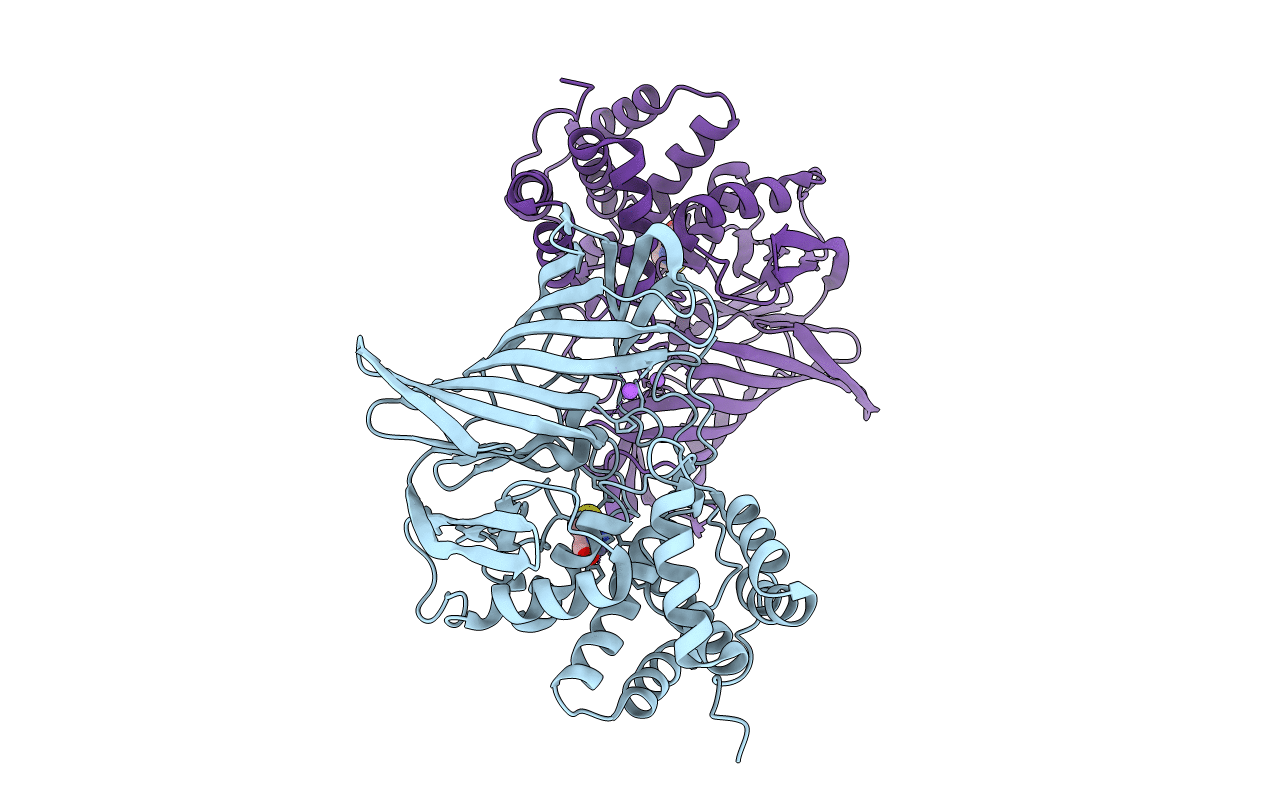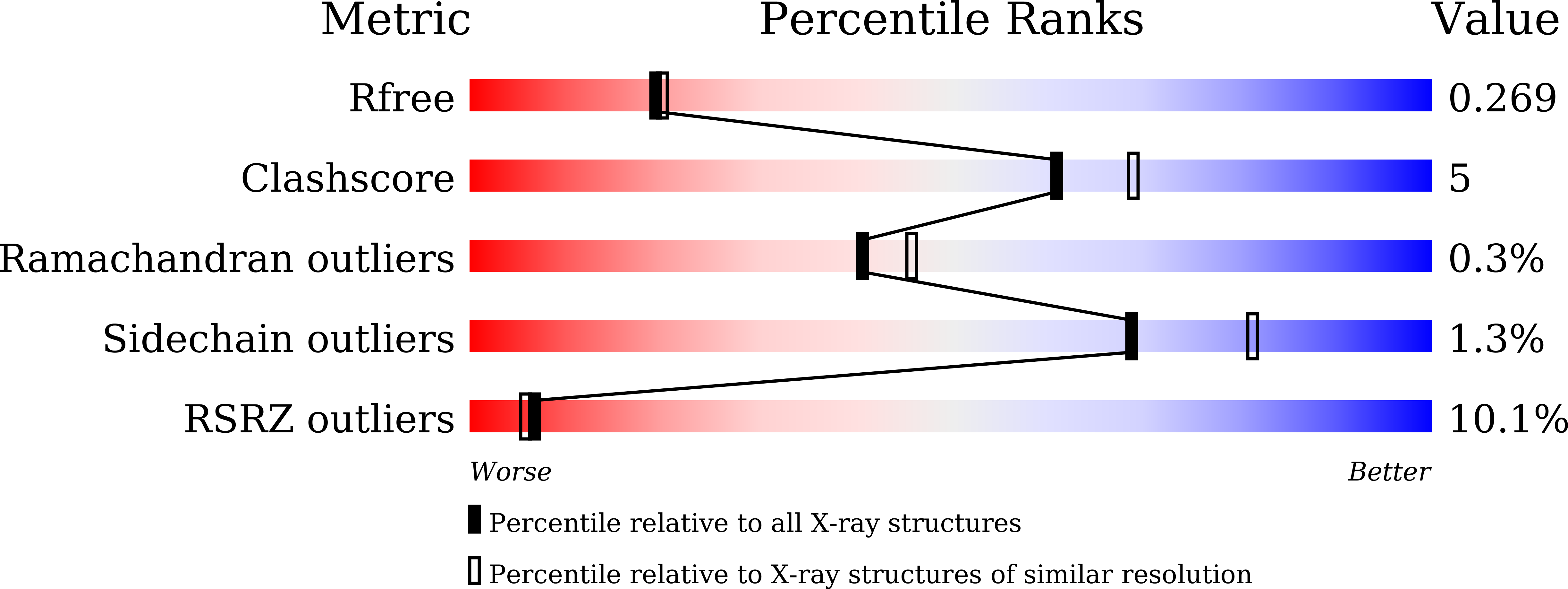
Deposition Date
2019-08-13
Release Date
2020-06-24
Last Version Date
2023-11-22
Entry Detail
PDB ID:
6KP1
Keywords:
Title:
Crystal structure of two domain M1 zinc metallopeptidase E323A mutant bound to L-methionine amino acid
Biological Source:
Source Organism:
Host Organism:
Method Details:
Experimental Method:
Resolution:
2.19 Å
R-Value Free:
0.27
R-Value Work:
0.21
R-Value Observed:
0.22
Space Group:
P 1


